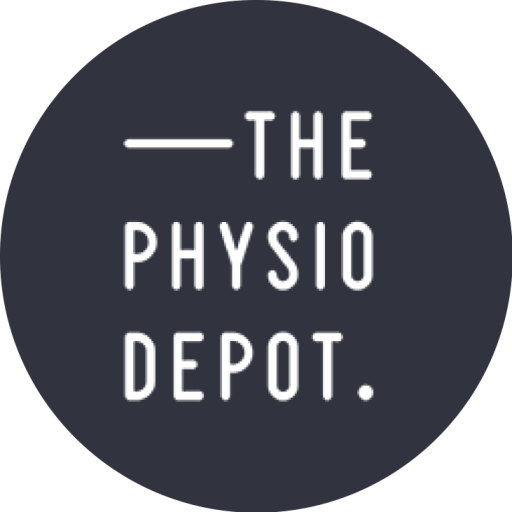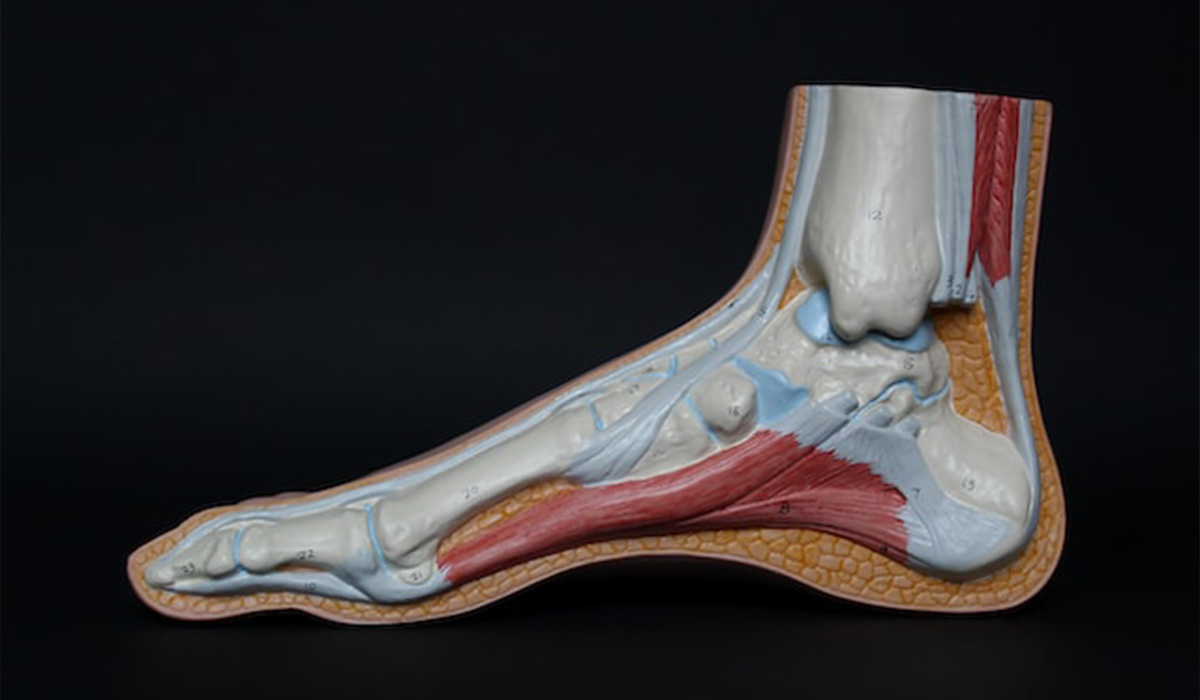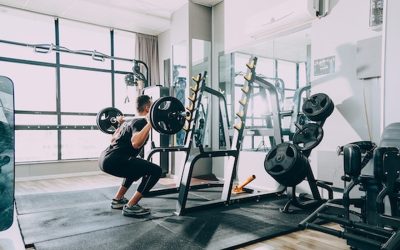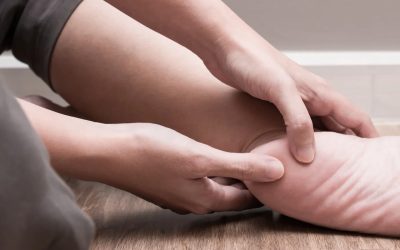Achilles tendinopathy, a common overuse injury, affects individuals of all ages and activity levels. Whether you’re an athlete, a weekend warrior, or simply someone who enjoys staying active, this condition can be debilitating if not properly managed. In this blog post, we will delve into the causes, symptoms, diagnosis, and effective strategies for the treatment and prevention of Achilles tendinopathy.
The Achilles tendon, the largest tendon in the human body, connects the calf muscles to the heel bone (calcaneus). It plays a crucial role in facilitating activities like walking, running, and jumping. Achilles tendinopathy, also known as Achilles tendonitis, refers to a condition characterized by pain, stiffness, and swelling in the Achilles tendon.
What causes achilles tendinopathy?
Achilles tendinopathy typically develops due to repetitive stress on the tendon, which can lead to microtears, degeneration, and inflammation.
- Doing to much activity to quickly at intensity that your body cannot cope with.
- Tendons become more prone to injury as we age.
- Poor footwear for your biomechanics can lead to overuse injuries within the achilles complex
- Biomechanical Factors: Foot and hip control, running technique and anatomy can play a huge role in developing an achilles tendinopathy.
- Training Errors: Sudden increases in training intensity, duration, or frequency can overload the tendon.
What are the symptoms?
The primary symptom of Achilles tendinopathy is pain, typically experienced in the back of the heel or along the tendon. Other common symptoms include:
- Stiffness in the morning or after prolonged rest.
- Swelling and tenderness in the Achilles tendon area.
- Thickening or nodules in the tendon.
- Decreased range of motion in the ankle.
- Pain at the start of exercise that generally ‘warms up’ during the activity but then is worse again the following 24-48 hours.
Diagnosing achilles tendinopathy?
If you suspect Achilles tendinopathy, consult a physiotherapist for a thorough evaluation.
- Physical Examination: The Physio assesses the affected area, checking for pain, tenderness, and swelling.
- Imaging: Ultrasound or MRI scans may be used to visualize the tendon’s condition and rule out other potential issues.
Treatment and Management
- Rest: Reducing or modifying activities that exacerbate symptoms is crucial for healing. This may involve a temporary break from high-impact exercises.
- Ice: Can help reduce inflammation and pain.
- Strengthening calf complex: Loading program for achilles loading is the fundamental treatment protocol
– A graded progression of calf and achilles tendon involving a series of vary - Footwear considerations: Appropriate footwear for your foot & biomechanics
- Gradual Progression: Incrementally increase the intensity and duration of exercise to avoid overuse.
Achilles tendinopathy can be a challenging condition, but with appropriate management and preventive measures, you can return to your active lifestyle pain-free. If you suspect you have Achilles tendinopathy or are experiencing any related symptoms, consult a healthcare professional for a comprehensive evaluation and individualised treatment plan. Remember, early intervention and proactive care are key to a successful recovery.




